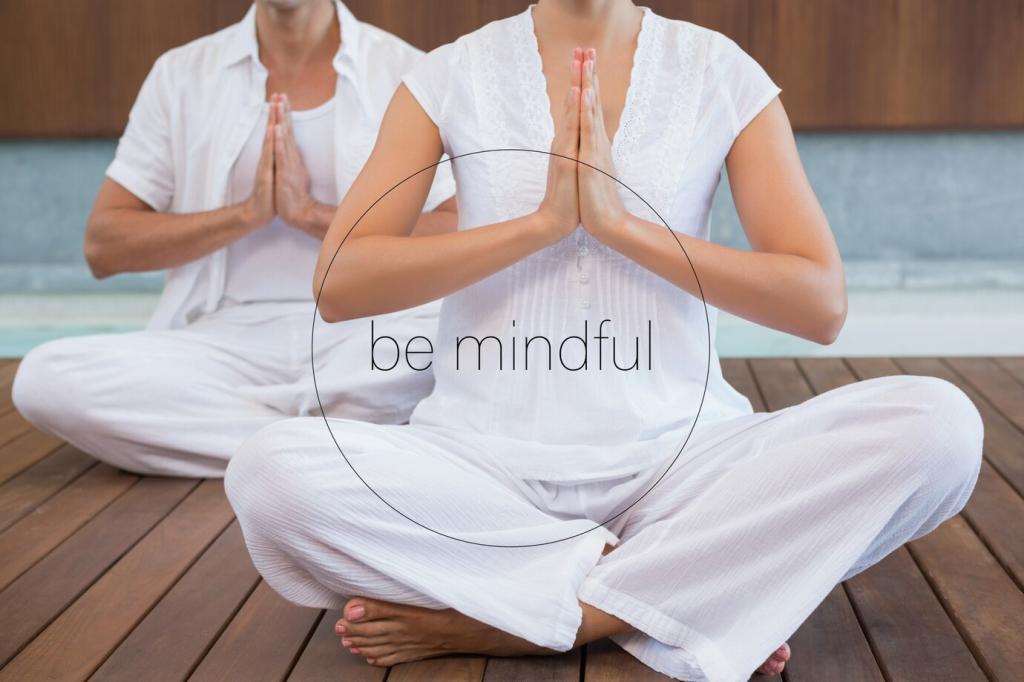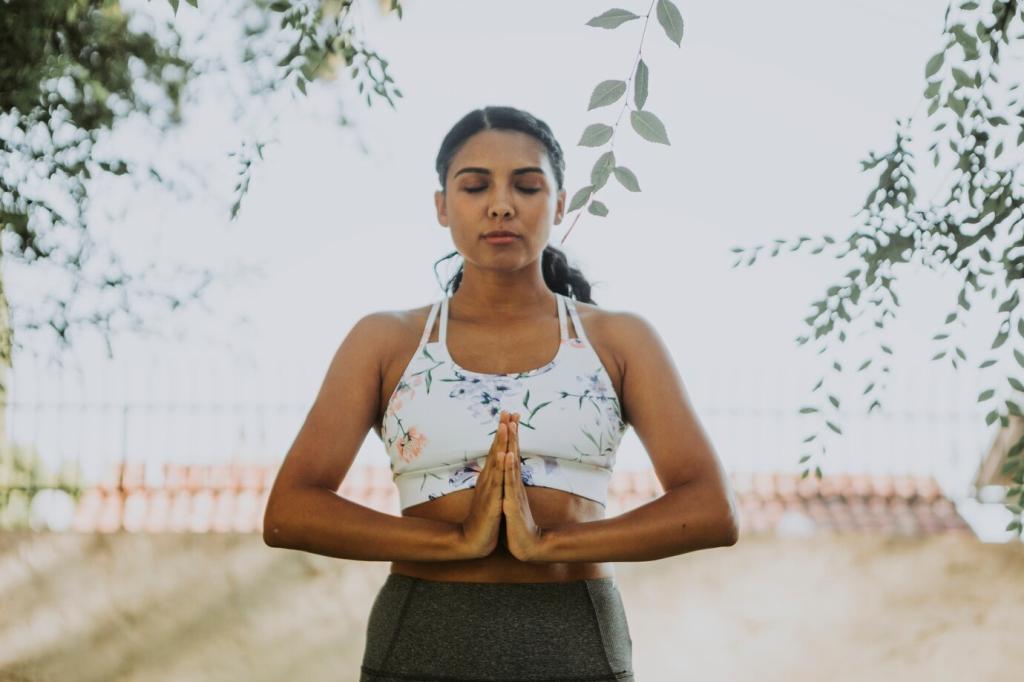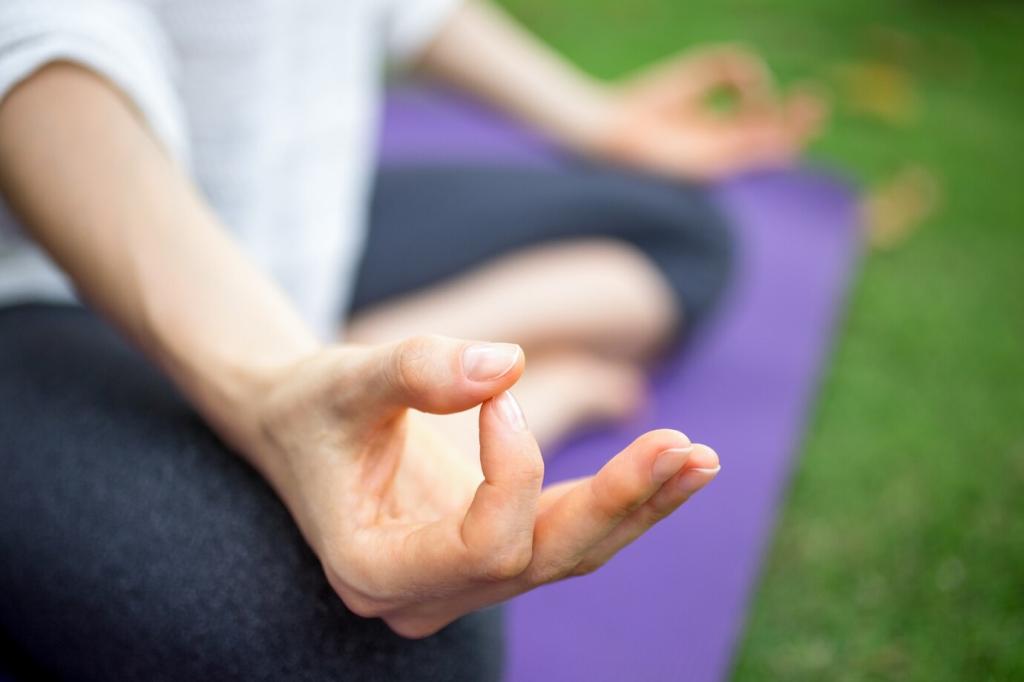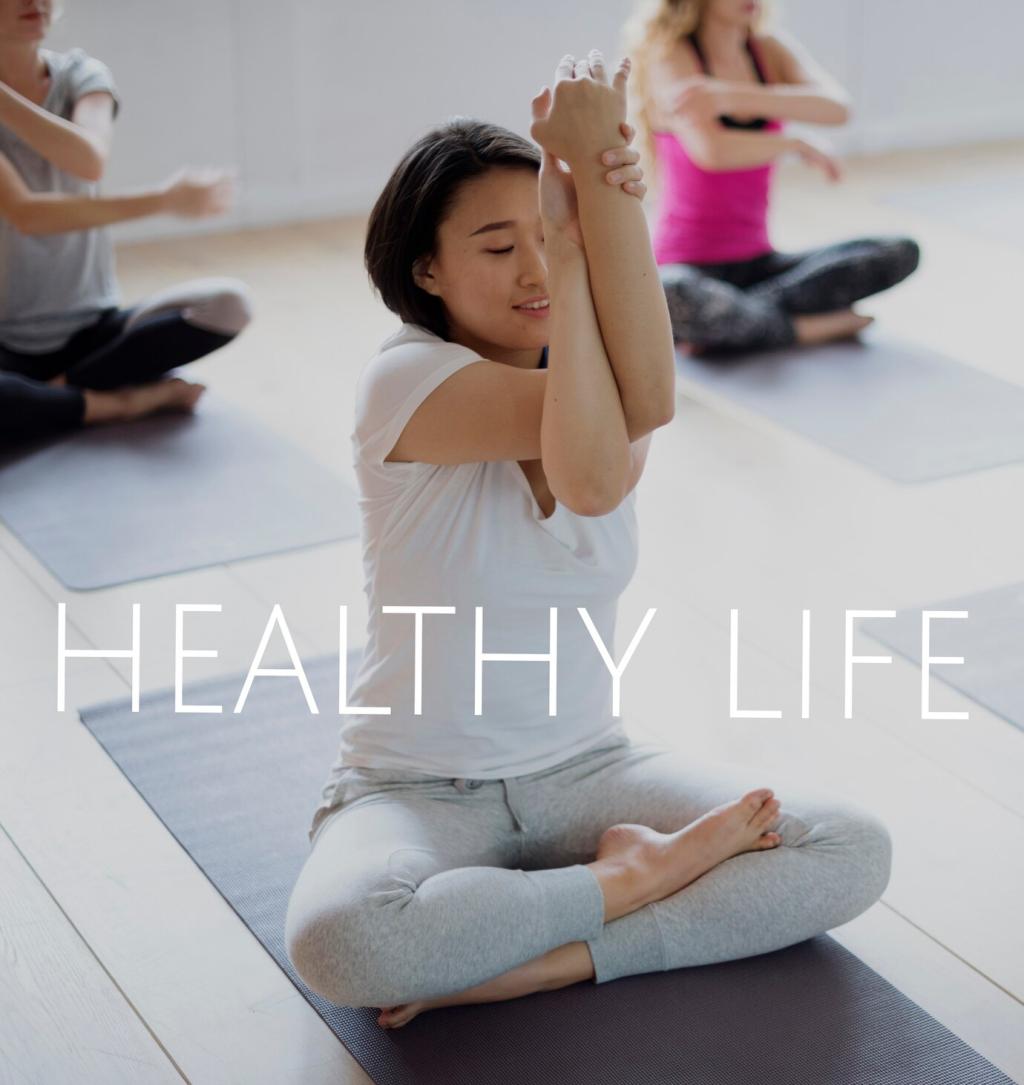Introduction to Mindfulness Meditation: A Gentle Beginning
Chosen theme: Introduction to Mindfulness Meditation. Step into a calm, curious space where we explore simple practices, relatable stories, and science-backed tips to help you start and sustain a meaningful mindfulness journey. Subscribe to receive weekly guided audios and practical prompts.
What Mindfulness Really Is
Presence Over Perfection
Mindfulness is noticing what is here, right now, without forcing anything. You can breathe, feel the chair, hear distant sounds, and let thoughts float by. No gold stars are awarded, only curiosity. Comment with one tiny thing you noticed today.

Why Mindfulness Works: Simple Science, Real Benefits
Mindfulness can activate the parasympathetic response, easing heart rate and cortisol after difficult moments. Programs like MBSR have shown reductions in perceived stress. Notice your next sigh; let it be longer. If this topic interests you, subscribe for a plain-language science digest.
Short, consistent practice trains attention to return more quickly. Studies suggest changes in attention networks with regular meditation. You do not need hour-long sits; five steady minutes matter. Try a week and share whether your focus on emails or reading improved.
Mindfulness helps you name emotions, feel them in the body, and relate with kindness rather than suppression. Techniques like RAIN guide recognition and nurturing. Next time frustration appears, label it softly. Tell us which label helps you stay grounded without pushing feelings away.

Your 7-Day Beginner Plan
Sit for three to five minutes. Feel the breath. When distractions arise, say silently thinking or hearing, then return to breathing. This is the practice. Keep it light, short, consistent. Post your favorite time of day to sit so others can try it too.
Your 7-Day Beginner Plan
Increase to five or seven minutes. Explore body sensations with curiosity. When restlessness appears, widen awareness to include sounds and contact points. No need to fight. Share one distraction that appears often, and how a gentle label helped you return without frustration.
Your 7-Day Beginner Plan
Sit seven to ten minutes. Add a closing reflection: one thing noticed, one gratitude, one intention. Track small wins, not streaks. If you value structure, subscribe for our daily prompts and a short check-in form to celebrate consistent, compassionate practice.


Common Obstacles, Gentle Solutions
Restlessness often signals energy or discomfort. Try sitting with a softer posture, widening awareness to include hands, feet, and space around you. If needed, practice mindful movement first. What small adjustment helped you today? Share it to support someone who feels twitchy too.
Common Obstacles, Gentle Solutions
Drowsiness happens. Open your eyes slightly, straighten your spine, and try a few deeper breaths. Morning practice or a brief standing meditation can help. Notice whether sleep or caffeine patterns play a role. Tell us which posture switches keep you awake yet relaxed.
Mindfulness in Daily Life
Choose one bite. Notice aroma, texture, and flavor slowly. Put the utensil down between bites, feeling your breath while chewing. Satisfaction often rises before fullness. Try this at lunch and tell us whether slowing down changed your enjoyment or portion naturally.
Mindfulness in Daily Life
Feel your feet—heel, arch, toes—meeting the ground. Let arms swing naturally. Count ten steps, pause, breathe, repeat. Movement can refresh attention beautifully. If you try a three-minute hallway walk between meetings, share how it shifted stress or focus afterward.





